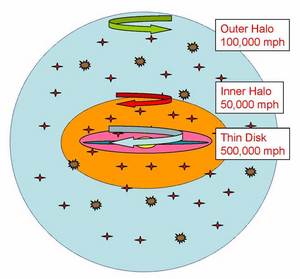OF THE
TIMES
We'll know our disinformation program is complete when everything the American public believes is false.
World War Three in progress. A war like no other. Cyber-attacks, satellite lasers (DEWs), weather mod. It's all happening and the vast majority...
If you scroll down on this article there is an image in it - I think it is magenta - but others might sense pink. [Link] It is kind of the same...
"that had already expired under the statute of limitations." Use to be automatic cause to dismiss the case. I guess laws are empty air now.
Chief storyteller: Biden claims 'cannibis' helped to eat his uncle That's how I read it, when I scanned over the headline.
They seem more magenta than pink to me. I mean here is pink per one image - the colors of the images presented were not all the same....: [Link]...
To submit an article for publication, see our Submission Guidelines
Reader comments do not necessarily reflect the views of the volunteers, editors, and directors of SOTT.net or the Quantum Future Group.
Some icons on this site were created by: Afterglow, Aha-Soft, AntialiasFactory, artdesigner.lv, Artura, DailyOverview, Everaldo, GraphicsFuel, IconFactory, Iconka, IconShock, Icons-Land, i-love-icons, KDE-look.org, Klukeart, mugenb16, Map Icons Collection, PetshopBoxStudio, VisualPharm, wbeiruti, WebIconset
Powered by PikaJS 🐁 and In·Site
Original content © 2002-2024 by Sott.net/Signs of the Times. See: FAIR USE NOTICE

Reader Comments
to our Newsletter